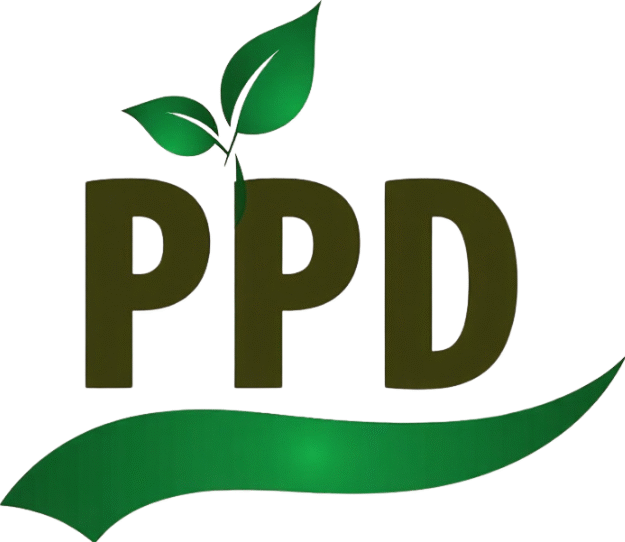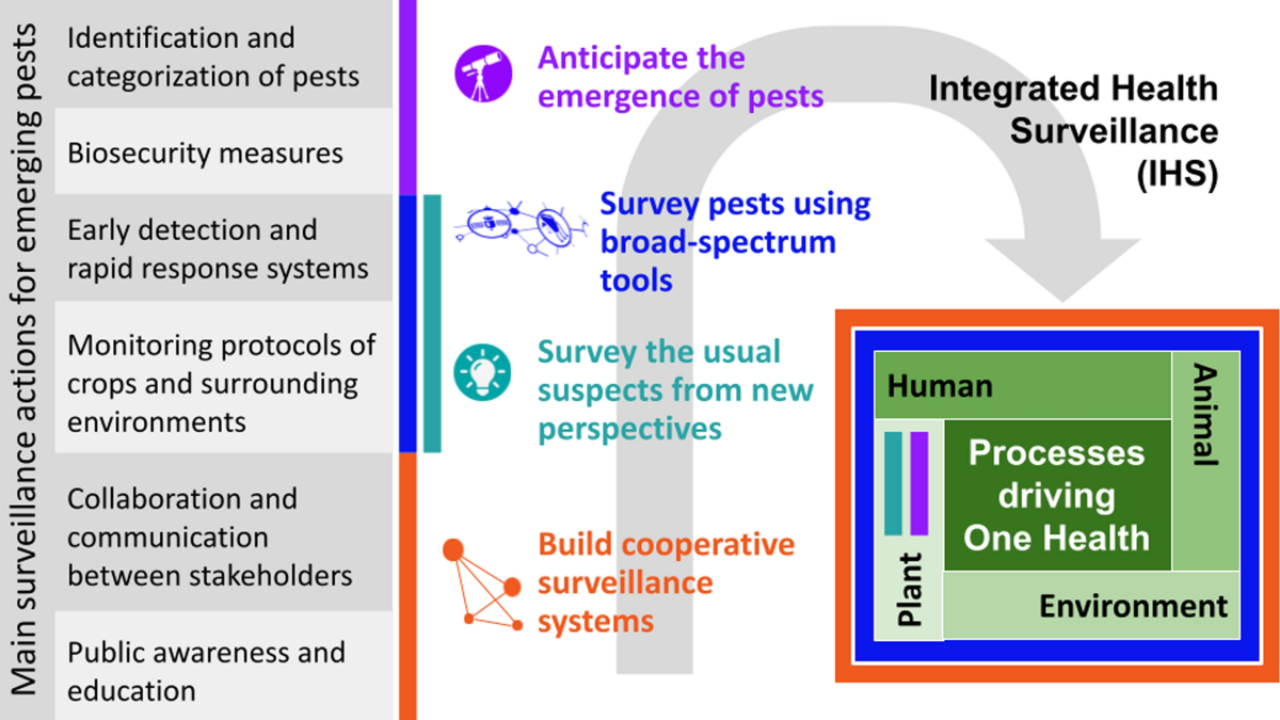
Introduction
The threat of invasive pests entering a country through border regions is one of the most serious biosecurity risks facing agriculture today. These pests can devastate crops, disrupt ecosystems, and cripple trade. Surveillance and early detection in border areas serve as the first line of defense to stop these biological invaders before they spread and cause irreversible damage. This article explores the critical role of border surveillance, strategies being used, comparative practices, challenges faced, and how countries like Myanmar and its ASEAN neighbors are scaling up responses to protect their agricultural economies.
What Are Invasive Pests and Why Are Borders Critical?
Invasive pests are non-native organisms that establish, spread, and cause harm to agriculture, biodiversity, and local ecosystems. Borders—particularly land crossings, ports, and airports—are major entry points for such pests, often carried through agricultural imports, travelers, vehicles, or natural migration.
Why Surveillance at Borders Is Essential:
- Prevents initial establishment of pests.
- Reduces economic loss by avoiding widespread infestations.
- Supports international trade compliance and plant health certification.
- Allows for targeted interventions and efficient use of resources.
Types of Border Surveillance Techniques
Border pest surveillance includes a range of methods that combine technology, human inspection, and scientific analysis. These systems are designed to provide real-time or early warnings that support rapid action.
| Surveillance Technique | Description |
|---|---|
| Visual Inspection | Manual checks of goods, containers, and plants at points of entry |
| Trapping and Luring | Use of pheromone, light, or color traps for pests like fruit flies or moths |
| Molecular Diagnostics | Rapid DNA-based identification of pest species |
| Remote Sensing and GIS | Satellite or drone-based imagery to detect pest outbreaks in buffer zones |
| Community Reporting Systems | Farmer-led early reporting via apps or SMS systems |
Key Strategies for Early Detection
1. Establishment of Surveillance Zones
- Buffer zones around borders are equipped with traps, sensors, and trained personnel.
- Regular inspection of high-risk areas such as markets, border farms, and transport hubs.
2. Risk-Based Prioritization
- Resources are concentrated in high-risk pathways and entry points.
- Focus on pests identified through Pest Risk Analysis (PRA).
3. Integration of Data Systems
- Mobile apps and national databases allow field data to be instantly reported and analyzed.
- Early warning systems notify authorities before pests spread.
4. Regional and Bilateral Cooperation
- Neighboring countries share interception data and pest alerts.
- Cross-border coordination helps monitor pest movement across natural corridors.
Myanmar’s Approach to Border Pest Surveillance
Myanmar shares long and porous borders with countries like China, India, and Thailand, making it highly vulnerable to cross-border pest invasions. The Plant Protection Division (PPD) has intensified its surveillance activities along these critical points.
Highlights of Myanmar’s Strategy:
- Establishment of pest monitoring units at major land border crossings.
- Collaboration with ASEAN pest surveillance programs, including joint training and simulations.
- Installation of traps for major pests such as fruit flies, whiteflies, and armyworms.
- Community-based surveillance projects in border villages.
However, gaps still exist in digital reporting, access to mobile diagnostic tools, and advanced laboratories near remote checkpoints.
Common Invasive Pests Detected in Border Areas
| Pest Name | Entry Region | Host Crops | Threat Level |
|---|---|---|---|
| Fall Armyworm | Western borders with India | Maize, sorghum | Very High |
| Fruit Flies (Bactrocera) | Southeast border with Thailand | Mango, guava, banana | High |
| Coffee Borer Beetle | Eastern hills | Coffee plants | Medium |
| Coconut Rhinoceros Beetle | Coastal ports | Coconut, palm | High |
| South American Tomato Leaf Miner | Land and air cargo | Tomato, eggplant | Very High |
Challenges in Border Pest Surveillance
| Challenge | Description |
|---|---|
| Limited Infrastructure | Many border posts lack proper inspection facilities and storage |
| Shortage of Skilled Personnel | Inadequate training in pest identification and diagnostic methods |
| Data Collection Gaps | Delayed or non-standardized reporting from remote areas |
| Coordination Difficulties | Limited data sharing between customs, NPPOs, and local governments |
| Funding Constraints | High cost of surveillance tools and maintenance |
Overview Table: Border Pest Surveillance Systems
| Component | Myanmar | Regional Best Practice (e.g., Thailand, Malaysia) |
|---|---|---|
| No. of Border Checkpoints Monitored | ~30 | 50–70 with continuous monitoring |
| Use of Traps | Basic, selective pests | Multi-pest, nationwide trap networks |
| Early Warning Alerts | Manual alerts via officers | Integrated mobile-GIS warning systems |
| Diagnostic Capacity | Centralized labs only | Mobile labs and regional diagnostic centers |
| Farmer Participation | Pilot community programs | Large-scale digital reporting by farmers |
| Cross-border Collaboration | Limited MOUs | Strong bilateral pest sharing mechanisms |
Strengthening Border Surveillance: Recommendations
1. Expand Trap Networks and Mobile Labs
- Deploy mobile diagnostic vans and multiple trap types in high-risk entry zones.
2. Train Border Inspection Teams
- Specialized training on pest identification, sampling, and safe containment procedures.
3. Digitize Surveillance Systems
- Use real-time mobile apps and GIS dashboards to manage surveillance data.
4. Enhance Community Engagement
- Empower farmers and local leaders near borders with reporting tools and incentives.
5. Boost Regional Coordination
- Participate in regional pest information sharing networks and response protocols.
3 Best One-Line FAQs
Q1. Why is early detection of invasive pests near borders important?
Because it allows for rapid intervention before pests spread and cause economic damage.
Q2. What are common methods used in border pest surveillance?
Visual inspections, trapping, diagnostics, and digital monitoring tools.
Q3. How can countries like Myanmar strengthen their surveillance systems?
By improving infrastructure, training personnel, and collaborating regionally.

